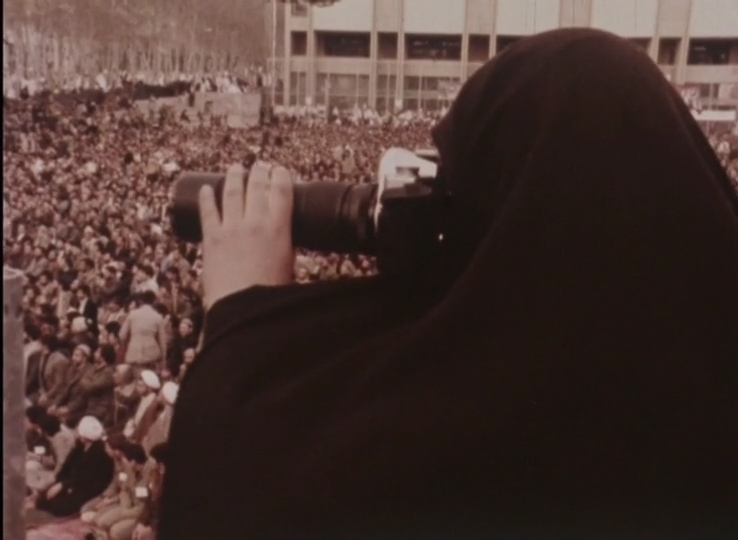 |
| George Stevens with Elizabeth Taylor |
[This blog post was last updated on June 22, 2021]
The retrospective Something to Live For: The Cinema of George Stevens will take place in Bologna, during the 35th edition of Il Cinema Ritrovato, July 20-27, 2021.
No other director has been credited for filming such disparate situations and figures, of such cultural and historical importance: from Laurel & Hardy's cake-throwing parties to the Crucifixion; the unique elegance of Astaire/Rogers's dance numbers and the liberation of Dachau, the latter a real-life document. This year's American master and the man behind such classics as A Place in the Sun and Shane is George Stevens, who rose from the rank of camera-cranker at Hal Roach Studios to become a filmmaking ace and comedy specialist in the 30s. However, after participating in active combat and filming some of the major atrocities of WWII, something changed in this romantic adventurer. The newly gained intellectual maturity, combined with Stevens's characteristic fluency and brio, proved fertile ground for directing an array of masterpieces which, along with a survey of his late 30s and early 40s masterpieces, are the main focus of this retrospective. — Ehsan Khoshbakht










